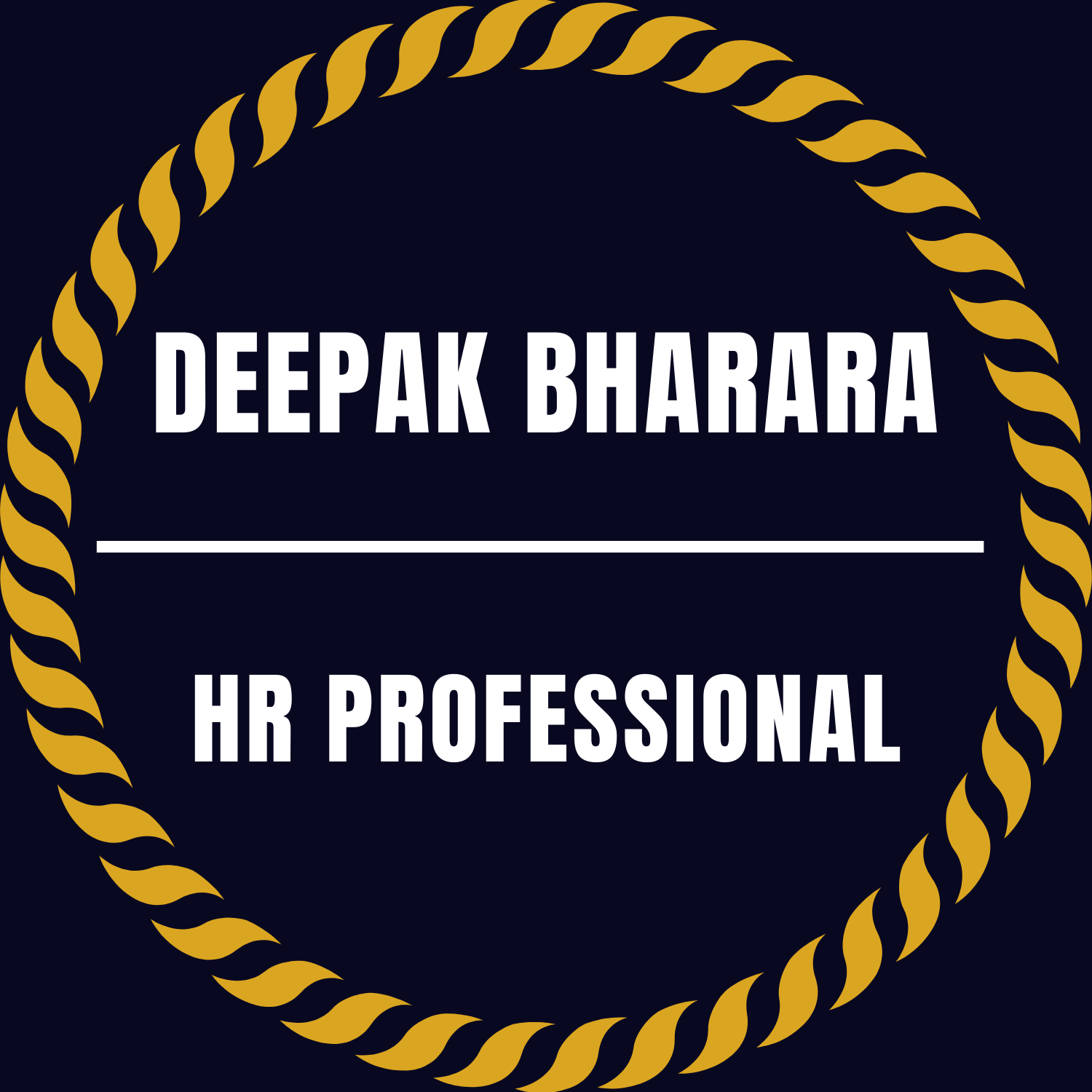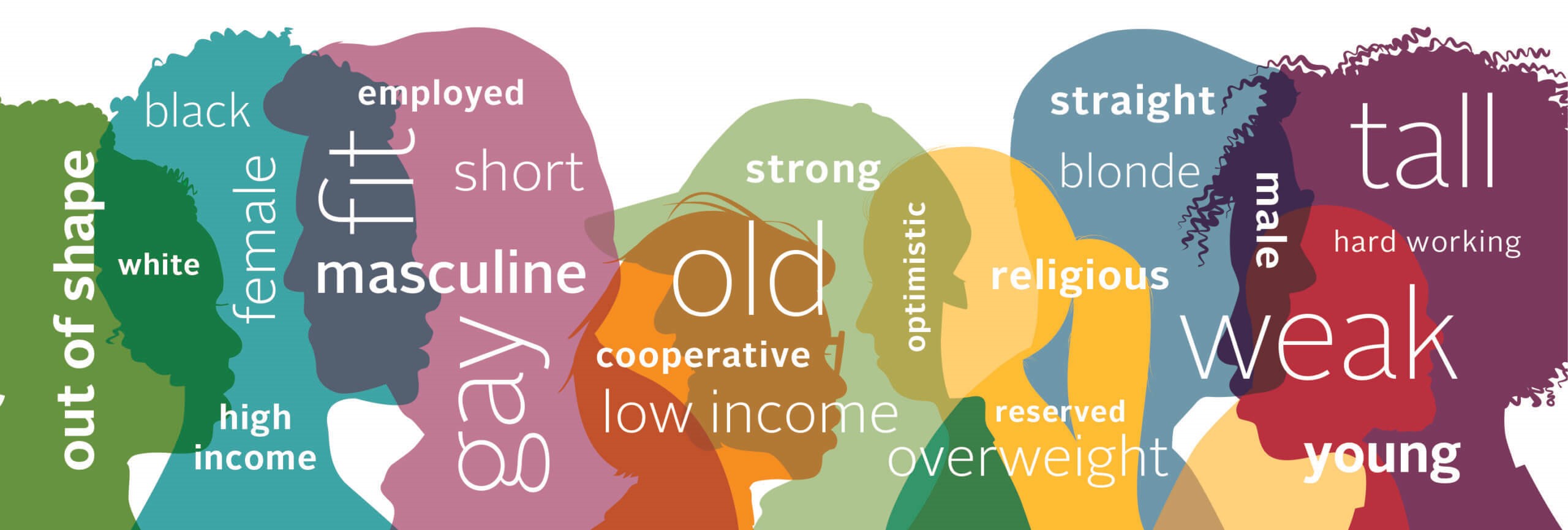What is Unconscious Bias
Unconscious biases are social stereotypes about certain groups of people that individuals form outside their own conscious awareness. Everyone holds unconscious beliefs about various social and identity groups, and these biases stem from one’s tendency to organize social worlds by categorizing
Unconscious bias is when we make judgments or decisions on the basis of our prior experience, our own personal deep-seated thought patterns, assumptions or interpretations, and we are not aware that we are doing it
Unconscious bias is triggered by our brain automatically making quick judgments and assessments. They are influenced by our background, personal experiences, societal stereotypes and cultural context.
As a result of unconscious biases, certain people benefit and other people are penalized. In contrast, deliberate prejudices are defined as conscious bias (or explicit bias)
Bias – Preference that inhibits impartial judgement
Prejudice – Strong feeling or belief about a person or subject
Stereotype – Assumption that everyone in the group is the same
Few Examples:
Favouring those who have similar interests or backgrounds can lead to unconscious bias in recruitment. For example, a hiring manager prefers a job applicant who grew up in the same city
Want to give it another shot …
What is the safer mode of transport ….
What are you most afraid of ….
Who would you hire….
Who is more competent …
Points to ponder:
Behaviour Vs Intention
Systematic Vs Irrationality
How to Recognize Unconscious Bias
Not all unconscious biases are bad. To help explain, consider that the human brain processes 11 million bits of information every second — our minds, however, can only handle 14 to 60 bits of that. This means most of the work our brains do is unconscious. In order for us to function, the brain creates mental shortcuts every day by seeking out patterns to group and categorize the information. Through this automatic cognitive process, every single one of us develops preferences — or biases
The Effects of Unconscious Bias
Because cognitive biases operate unconsciously, they tend to be at the root of someone’s behaviour and therefore challenging to identify — not only by individuals but by employers. But unconscious bias in the workplace can cause serious ramifications, leading to behaviours that, if left unnoticed or unaddressed, can contaminate organizations at every level — from recruitment and promotion outcomes to colleague, manager, and customer interactions
As with any unconscious behaviour, the first step towards reducing implicit bias at work is to increase awareness of it and teach your employees how to recognize their own (and others’) biases in different situations. Unconscious Bias also affects the motivation & morale of employees
How many Types of Bias – 12
Gender Bias: Preference towards one gender over another which often comes from deep rooted beliefs about gender roles and stereotypes
Affinity Bias – Favouring those who have similar interests or backgrounds that can lead to unconscious bias
Confirmation Bias – Conformity bias is the tendency people have to act similar to the people around them regardless of their own personal beliefs or idiosyncrasies — also known as peer pressure
Hallo Effect Bias – Viewing one particularly strong positive trait about someone in a way that overpowers our judgement of them and can skew our ability to see any of their negative traits
Horn Effect Bias – Focussing on one badly perceived trait that can cloud judgement of the positive ones
Beauty & Height Bias – a social behaviour that often adversely affects women in the workplace. For example, attractive women being viewed as more competent & successful than their male counterparts and tall people being treated like leaders from their peers from a young age
Attribution Bias – Attribution bias is a phenomenon where you try to make sense of or judge a person’s behaviour based on prior observations and interactions you’ve had with that individual that make up your perception of them
Contrast Effect Bias – The contrast effect is when you compare two or more things that you have come into contact with — either simultaneously or one after another — causing you to exaggerate the performance of one in contrast to the other
Agesim Bias – Ageism in the workplace is the tendency to have negative feelings about another person based on their age
Name Bias – Name bias is the tendency people have to judge and prefer people with certain types of names – typically names that are of Anglo origin or family name
Overconfidence Bias – The overconfidence bias refers to a person’s tendency to be more confident in their capabilities than they should be
Authority Bias – Authority bias refers to when an idea or opinion is given more attention or thought to be more accurate because it was provided by an authority figure
Where do Biases come from
Everyone has unconscious bias — preferences for and against something. It’s the way the human brain processes a constant flow of information and makes sense of a complex world
To prevent information overload, the brain takes shortcuts, which cause people to make snap judgments and generalizations. Some generalizations are, unfortunately, social stereotypes. Whether unconscious biases are positive or negative, the key is “unconscious.” When people aren’t aware of their biases they can’t manage them, which can lead to discriminatory practices and decisions.
Unconscious bias goes beyond race and gender. It can be based on many factors, including age, abilities, religion, sexual orientation and ethnicity.
How to overcome Personal Bias
- Learn What Unconscious Biases are
- Assess which Biases are most likely affect you
- Determine how it is affecting the organization
- Own your biases
- Thinking Ahead
- Question your self
- Develop People with Special Interventions
- Use the Data .. don’t go with instincts – Be data driven
- Modernize the processes
- Watch your language
- Visualise a Positive Interaction
- Promote Diversity, Equity & Inclusion
- Encourage Team Members to talk about biases freely & fearlessly
- Hold People’s accountable

